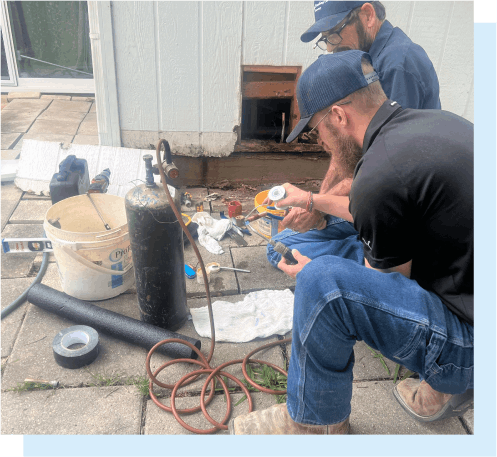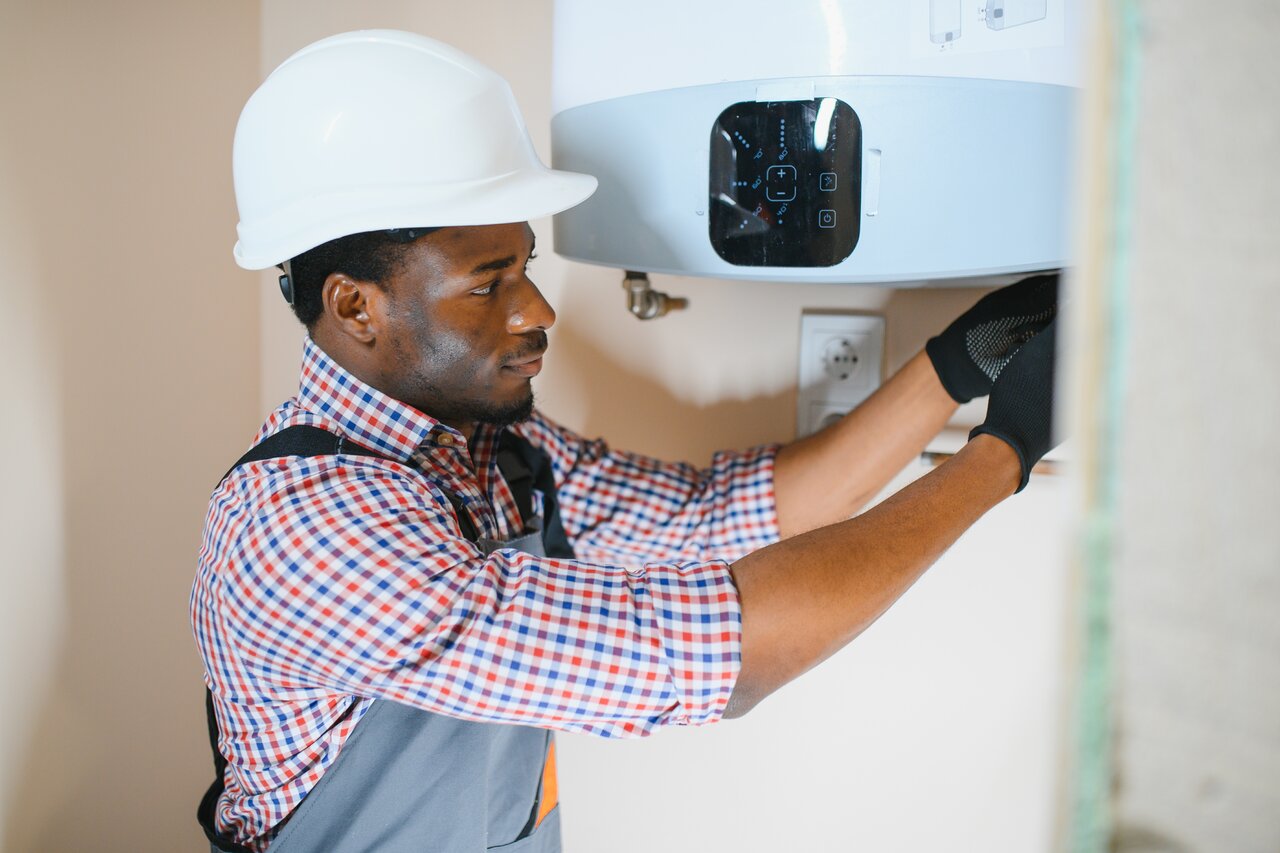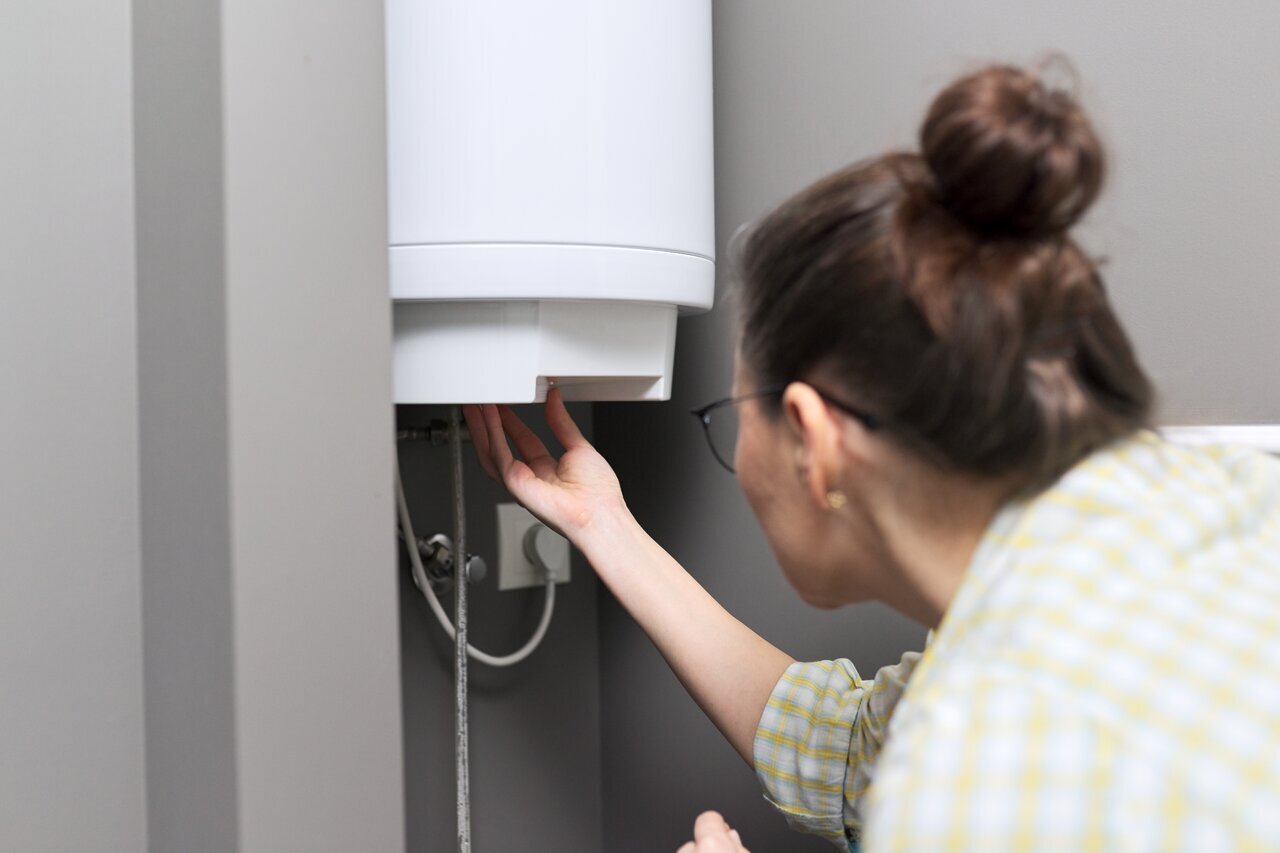Understanding the SAWS CSI inspection process is crucial if you own a property. SAWS, or San Antonio Water System, carries out Cross-Connection Control Surveys to ensure safe and clean water. These inspections, known as CSI inspections, check for any potential cross-connections between drinking water and contaminated sources.
This guide will help you understand each step of the SAWS CSI inspection process, everyday issues that may arise, and how to prepare your property effectively.
A Legacy of Quality Since 1947
Why Choose
George Plumbing?

- Timely and reliable services delivered by licensed and skilled professionals
- Quality products, services, communication, and workmanship
- Financing options on approved credit
- Tailored solutions and proven results represent “Grade A” service from start to finish
When you need plumbing services in the San Antonio area, contact George Plumbing for unbeatable service and upfront pricing.





